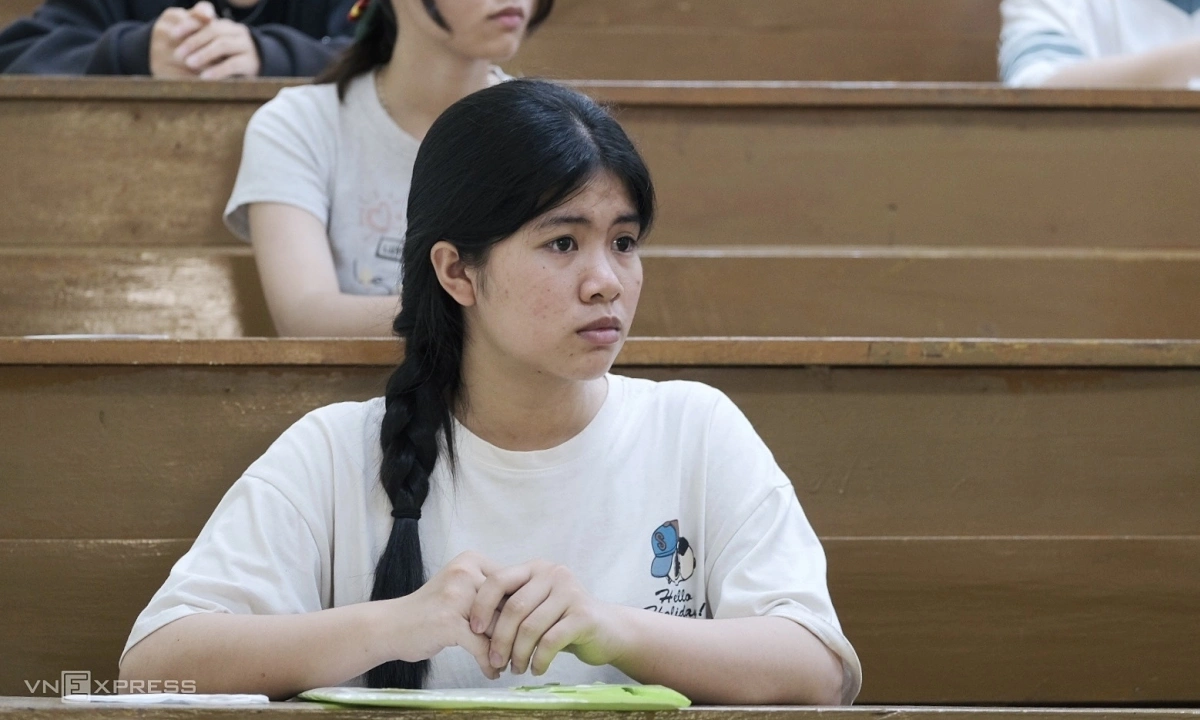In the bustling city of Hanoi, the prestigious Hanoi University of Education recently unveiled the list of top-performing students based on their competency assessment exam scores. This unveiling not only serves as a point of pride for the successful candidates but also offers valuable insights for those aspiring to tread the same academic path.
Amidst the anticipation and nerves that accompany such announcements, students eagerly awaited their positions on the ranking scale, seeking clarity on their performance relative to their peers. The unveiling of these rankings provides a moment of reflection for both the achievers and those who may have fallen short of their expectations.
The publication of these rankings not only acknowledges the hard work and dedication of the students but also serves as a guiding light for future academic pursuits.
The process of evaluating competency goes beyond mere numbers; it is a reflection of the students’ comprehensive understanding and application of knowledge in a real-world context. These assessments aim to gauge not just academic prowess but also critical thinking skills, problem-solving abilities, and adaptability – qualities crucial for success in the dynamic landscape of higher education.
Expert educators emphasize the importance of such assessments in fostering a well-rounded educational experience that goes beyond traditional rote learning.
As the top performers bask in the glow of their achievements, their success stories serve as inspiration for their peers and juniors, illustrating the rewards that come with perseverance and dedication. However, it is crucial to remember that success is not solely defined by rankings or scores but by the personal growth and transformative journey each student undergoes during their academic pursuits.
While rankings offer a momentary snapshot of achievement, the true essence of education lies in the holistic development and lifelong learning that it fosters.
Beyond the individual triumphs, the release of these rankings also sheds light on the broader trends and patterns within the educational landscape. It highlights the areas of strength and potential improvement, guiding educators and policymakers in enhancing the quality of education and refining assessment methodologies to better align with the evolving demands of the future workforce.
By analyzing these rankings, institutions can glean valuable insights to tailor their academic offerings and support systems for the benefit of all students.
In conclusion, the unveiling of the top-performing students based on competency assessments at the Hanoi University of Education is not just a moment of celebration and reflection but a testament to the transformative power of education. It underscores the importance of holistic development, critical thinking, and continuous learning in shaping the future leaders and innovators of tomorrow. As the academic journey continues for each student, may they remember that success is not merely a destination but a lifelong pursuit of knowledge, growth, and excellence.









Leave feedback about this